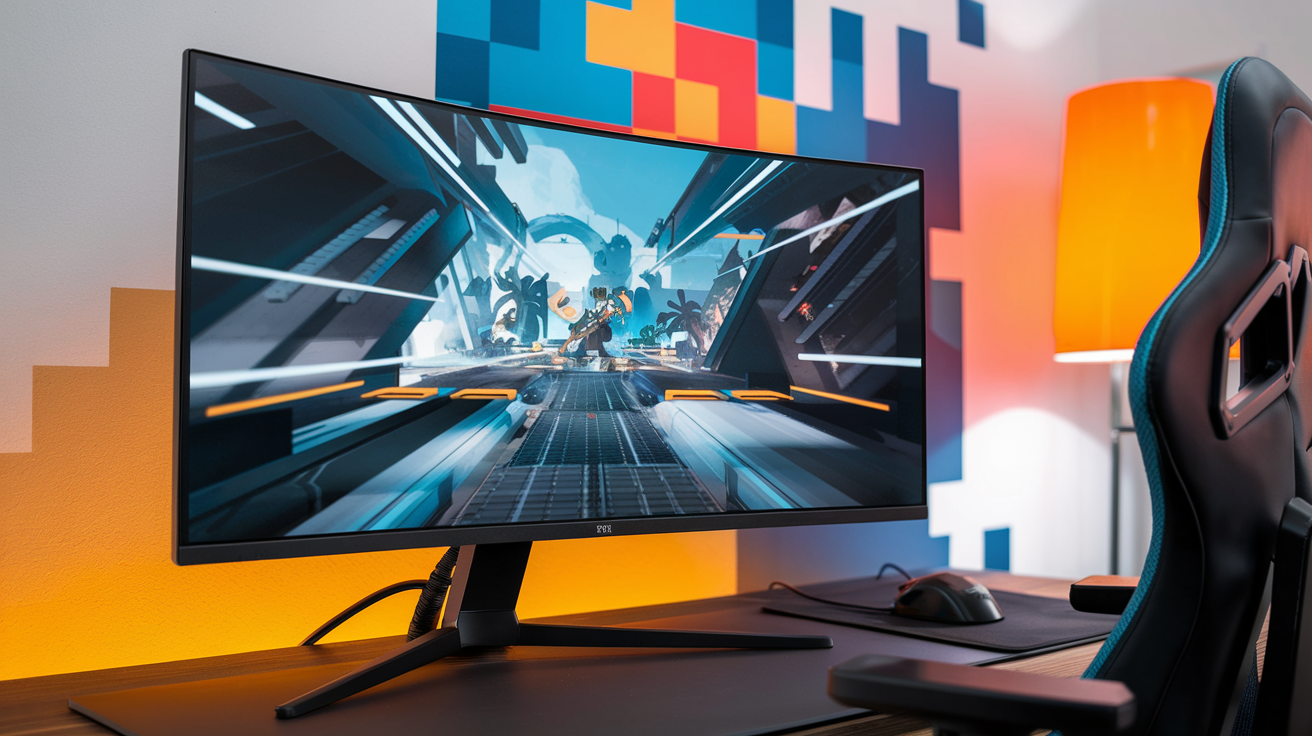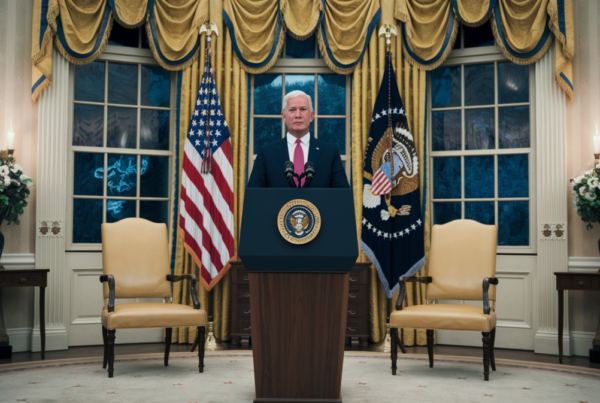In the highly anticipated sequel, Death Stranding 2: On the Beach, players are thrust into a sprawling, post-apocalyptic Australia, tasked with the monumental challenge of reconnecting isolated survivors and colonies to a fragile wireless network. The game’s vast open world, inspired by Australia’s diverse landscapes, promises to test players’ endurance, strategy, and adaptability like never before.
The Expansive Australian Map
While the exact size of the in-game Australian map remains undisclosed, director Hideo Kojima has emphasized its sheer scale and variety. Australia’s real-world geography—ranging from arid deserts to dense rainforests—provided the perfect backdrop for the game’s themes of isolation and connection. Kojima noted that the country’s vastness “checked all the boxes” for the sequel’s setting.
The game’s world is designed to be both breathtaking and unforgiving. Players will navigate:
- Deserts: Harsh, sun-scorched plains where water is scarce.
- Mountains: Treacherous peaks with unpredictable weather.
- Bushlands: Rain-soaked regions teeming with environmental hazards.
Gameplay Innovations and Challenges
Players once again step into the shoes of Sam Porter Bridges, but this time, the journey is even more demanding. New gameplay mechanics have been introduced to enhance the exploration experience:
- Aerial Camera: A bird’s-eye view feature allows players to zoom out and strategize their routes, adding a layer of tactical planning.
- Dynamic Weather: Sudden storms and shifting terrains force players to adapt on the fly.
- Resource Management: Scavenging for supplies and managing inventory becomes critical for survival.
These additions ensure that traversing Australia is not just about endurance but also about smart decision-making.
Community Reactions and Insights
Since the game’s announcement, fans and critics alike have been dissecting every detail. Platforms like Reddit and YouTube are buzzing with discussions about the game’s environmental storytelling and the unique challenges posed by Australia’s landscapes. Here’s what players are saying:
- “The attention to detail in depicting Australia’s ecosystems is mind-blowing.”
- “Planning your route is half the battle—this isn’t a game you can rush through.”
- “The aerial camera changes everything. It’s a game-changer for exploration.”
Comparing Death Stranding 1 and 2
For those familiar with the first game, here’s how the sequel stacks up:
| Feature | Death Stranding 1 | Death Stranding 2 |
|---|---|---|
| Map Size | Large, but segmented | Vast and interconnected |
| Gameplay Mechanics | Basic traversal and delivery | Enhanced with aerial views and dynamic weather |
| Environmental Variety | Limited to rocky and snowy terrains | Diverse, including deserts and rainforests |
Conclusion
Death Stranding 2: On the Beach is shaping up to be a bold evolution of its predecessor, offering players an even more immersive and challenging experience. With its meticulously crafted Australian setting, innovative gameplay mechanics, and emphasis on strategic planning, the game is poised to redefine open-world exploration. Whether you’re a returning player or new to the series, the journey across Australia promises to be unforgettable.







